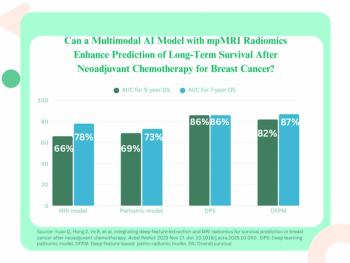
MRI Reveals Signs of Autism at 6 Months
Diffusion tensor imaging, an MRI technique, showed that significant differences in the brains of high-risk children who go on to develop autism can be seen before symptoms appear.
Diffusion tensor imaging (DTI), a magnetic resonance imaging technique, showed that significant differences in the brains of high-risk children who go on to develop autism can be seen before symptoms appear.
This is according to a study from the Center of Autism Research at the Children’s Hospital of Philadelphia (CHOP).
“[The] findings, while requiring replication, are a very important first step towards identifying a biomarker for autism risk,” said Sara Paterson, PhD, director of the Infant Neuroimaging Lab at the Center, and a co-author of the study.
Ninety-two high-risk infants (siblings of children with autism) underwent DTI at 6 months and behavioral assessments at 24 months. Most also received other imaging exams at 12 months and/or 24 months. The researchers found that the factional anisotropy (FA) trajectories for 12 of 15 fiber tracts were significantly different between 28 infants at 6 months who at 24 months met the criteria for autism spectrum disorders (ASD) and the 64 who did not.
The infants diagnosed with an ASD had elevated FA at age 6 months, but slower development over time, which resulted in lower FA values at 24 months than had the other infants. The study was published in the
More studies are needed to confirm these findings but this discovery would allow for early intervention, which has been shown to improve outcomes among children with an ASD.
“This would enable specialists to diagnose autism much earlier than is currently possible through behavioral observations,” said Patterson.
Newsletter
Stay at the forefront of radiology with the Diagnostic Imaging newsletter, delivering the latest news, clinical insights, and imaging advancements for today’s radiologists.




























